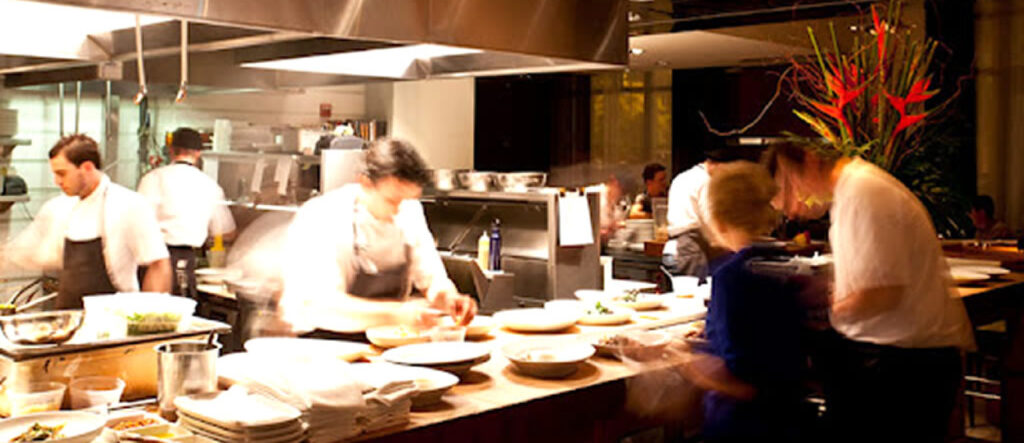Many of my recent articles have been about the use of recycled materials and the importance of renewable ones. These greatly factor into our daily lives as it is something that we can touch and feel.
I’ve had the opportunity these last few weeks to meet some young students interested in design shadowing me at work. While discussing with them, I remembered the impacts of what we do as interior on people’s lives. Places where we eat, sleep, work, meet, etc… are all designed and articulated by us sometimes knowing who the end users are and sometime not. How to ensure we get it right at all times?
On this note, one of the students ask the most pertinent question; what make some restaurant successful and some not?
In truth, there is no exact answer to what’s good and what’s not. This is because people are different and their likes and dislike vary greatly. Being an interior designer, it is imperative to design space that are fit for purpose. As stated previously, there is no exact formula but there are many tools of the trade. And that applies to every space, corner, detail and accessory from the ceiling to the floor.
At the start of the design process, we need to determine the type of restaurant. The kitchen is truly the heart of any restaurant and takes up around 30% of the overall space. It can be designed in different ways such as a closed kitchen a semi enclosed kitchen or a show fully open kitchen. It is becoming increasingly popular to have a show kitchen. Sometimes the show kitchens are limited to the private dining rooms or chef’s table. In other instances the show kitchens are the back drop and are the stage for all the actions.

The seating arrangement is the next most important aspect of creating the right ambiance. There are many types of seating arrangements and styles within a restaurant and usually depending on the type of menu served and the cost of the meal. With different price range of restaurant, usually seating types and styles differ greatly. Just look at the difference you would get from sitting in McDonald’s to an upscale bar and restaurant. The furniture in the different restaurants also greatly influences the behavior of the clientele in these establishments.

The entrance to the restaurant plays a large role in influencing clients decision to enter or not. some restaurants are inviting and others are particularly made slightly more intimidating. All these effects are designed and targeted to produce a certain feeling attract a certain target group of people. Understanding marketing psychology is important in designing a successful restaurant.

The quality of the interior ambiance, the furniture, the colours, the lighting, all down to the waiters uniform gives that special character that make people keep coming again and again.


